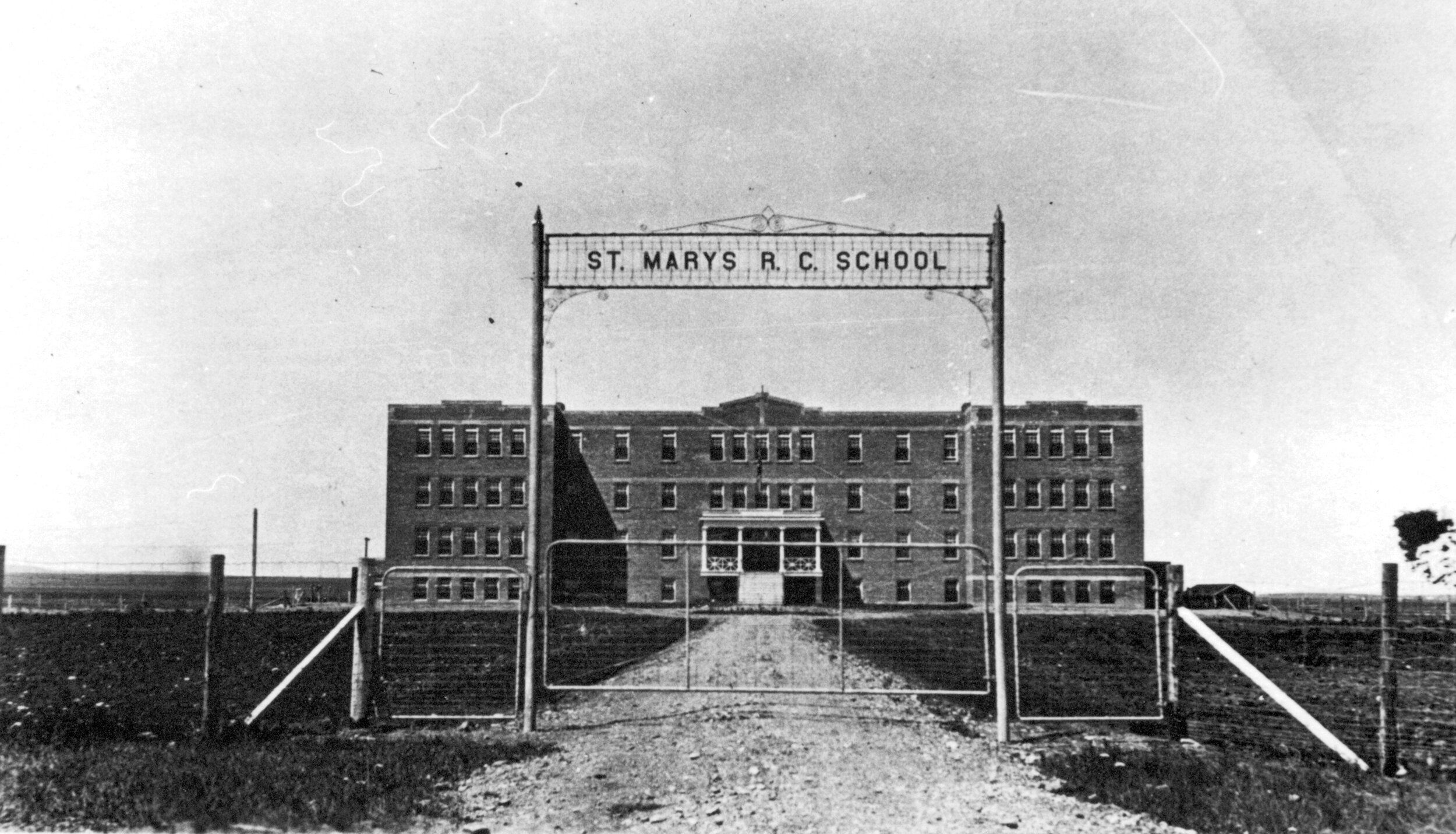Past issues of the Lethbridge Herald have long served as an encyclopedia of community life, a Who’s Who of Southwest Alberta. However, not everyone was fairly represented. In the Galt Museum’s archives are images of Blackfoot people once featured in the newspaper without identification, leaving their stories untold. The 1,000 Faces Project was designed to bridge this gap by recovering and preserving their names in archival records.
Read MoreIn addition to Survivors of the Indian Residential School (IRS), survivors of other colonial school systems the Canadian government initiated and implemented for over a century and a half also deserve recognition. As a member of the Kainai (Blood Tribe) of the Blackfoot Confederacy in Treaty 7 territory in Alberta, Tiffany Prete’s research has involved analyzing the educational policies behind the IRS and other colonial schooling models.
Read MoreOki. A relatively small Blackfoot word—however it is packed with meaning and cultural significance. The word can mean many things in English including: ‘hello’, ‘greetings’ and ‘welcome’.
Read MoreThe Galt hosts Indigenous-led exhibitions and in-house exhibitions that incorporate Indigenous voices, history and perspectives. Learn about previous and current exhibits from Kalli Eagle Speaker.
Read MoreBetween 1880 and 1980, ten Residential Schools operated in our own backyard, or Treaty 7 lands. The impact of residential schools has caused generations of Indigenous youth to strive to relearn and preserve cultural ways of knowing as intergenerational victims.
Read MoreExhibit organizers Hali Heavy Shield, Kalli Eagle Speaker and Carol Williams speak about the special meanings and connection of traditional Kainai and Niitsitapi beadwork pieces and designs
Read MoreA performance by Buffy Sainte-Marie, discusses the changes to traditional ways of living among the Peigan people after the signing of Treaty 7 and more.
Read More






